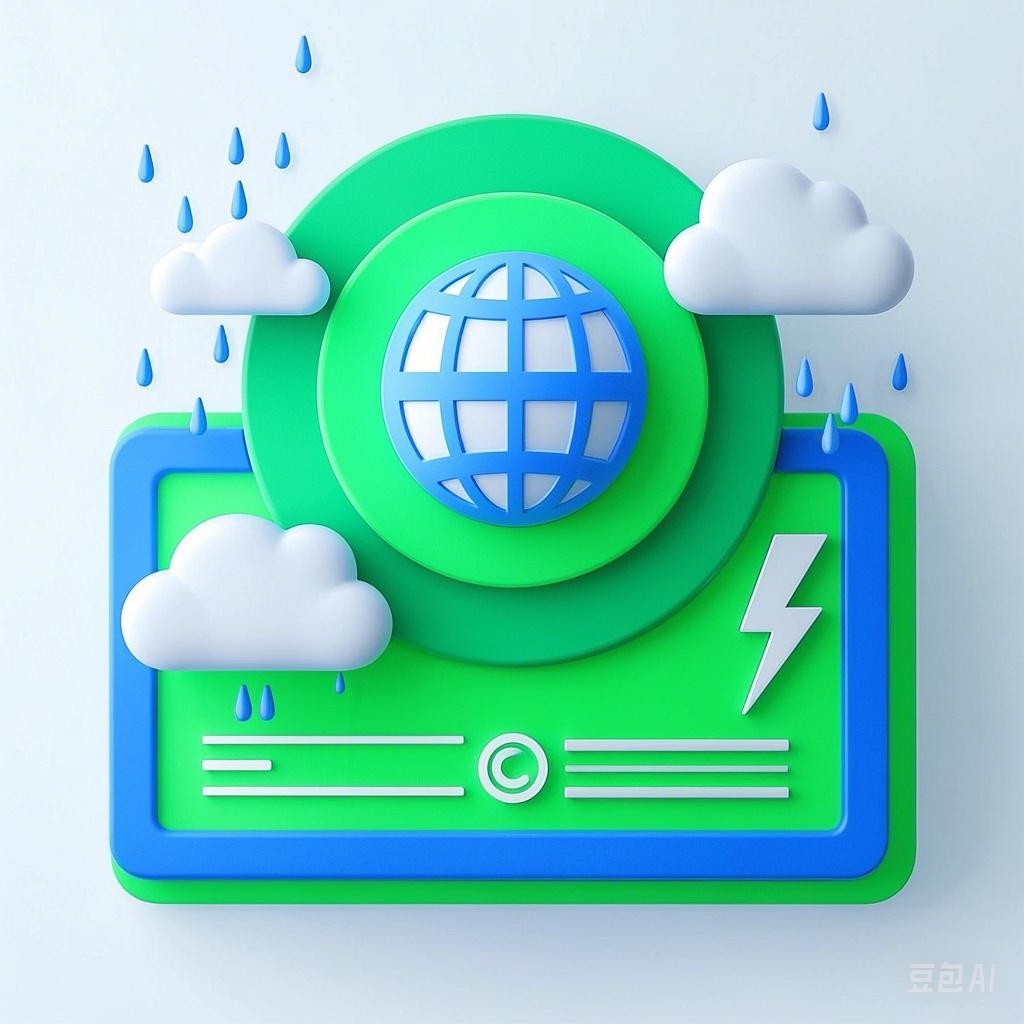Introduction
Secondary disasters are often overlooked yet critical consequences of primary disasters such as earthquakes, floods, or hurricanes. These secondary disasters can exacerbate the initial damage, leading to further loss of life, property, and economic disruption. This article aims to unravel the hidden threats associated with secondary disasters and provide comprehensive guidance on how to protect against them.
What is a Secondary Disaster?
A secondary disaster is an event that occurs as a direct or indirect consequence of a primary disaster. Examples include:
- Fire outbreaks following a forest fire or building collapse.
- Chemical spills resulting from infrastructure damage.
- Landslides triggered by heavy rainfall after a flood.
- Health crises such as outbreaks of infectious diseases in crowded shelters.
These events can amplify the initial disaster’s impact, creating a compounded humanitarian and economic crisis.
Common Causes of Secondary Disasters
Several factors can contribute to the occurrence of secondary disasters:
- Infrastructure damage: Buildings, roads, and bridges can collapse, leading to fire outbreaks, chemical spills, and other hazards.
- Environmental changes: Earthquakes can trigger landslides, while floods can lead to the contamination of water sources.
- Human factors: Poor planning, inadequate emergency response, and insufficient preparedness can exacerbate the risk of secondary disasters.
Protecting Against Secondary Disasters
1. Risk Assessment and Preparedness
- Identify potential secondary hazards: Conduct thorough risk assessments to identify potential secondary hazards associated with primary disasters in your area.
- Develop emergency response plans: Create detailed plans for responding to secondary disasters, including evacuation routes, emergency shelters, and communication strategies.
- Train the community: Ensure that the community is aware of the risks and trained in emergency response procedures.
2. Infrastructure Resilience
- Strengthen critical infrastructure: Invest in the resilience of critical infrastructure, such as buildings, bridges, and water systems, to minimize damage from primary and secondary disasters.
- Implement early warning systems: Deploy early warning systems for primary disasters that can trigger timely responses to prevent secondary disasters.
3. Emergency Management
- Establish a coordinated emergency management system: Ensure that all relevant agencies and organizations work together to respond to primary and secondary disasters effectively.
- Monitor and assess risks: Continuously monitor and assess risks to identify potential secondary disasters and take proactive measures to mitigate them.
4. Community Preparedness
- Promote disaster preparedness education: Educate the community on how to prepare for primary and secondary disasters, including the importance of having emergency supplies and knowing evacuation routes.
- Encourage community engagement: Involve the community in emergency response planning and training, fostering a sense of preparedness and resilience.
5. Post-Disaster Response
- Assess damage and prioritize response: Conduct thorough damage assessments to identify areas most affected by secondary disasters and prioritize response efforts.
- Coordinate relief efforts: Coordinate relief efforts with various organizations to ensure that all affected individuals receive the necessary support.
- Implement recovery and reconstruction plans: Develop and implement recovery and reconstruction plans to rebuild communities in a resilient manner.
Conclusion
Secondary disasters can pose significant risks to communities and require comprehensive strategies to mitigate their impact. By understanding the causes and taking proactive measures, we can better protect against these hidden threats and build resilient communities.
